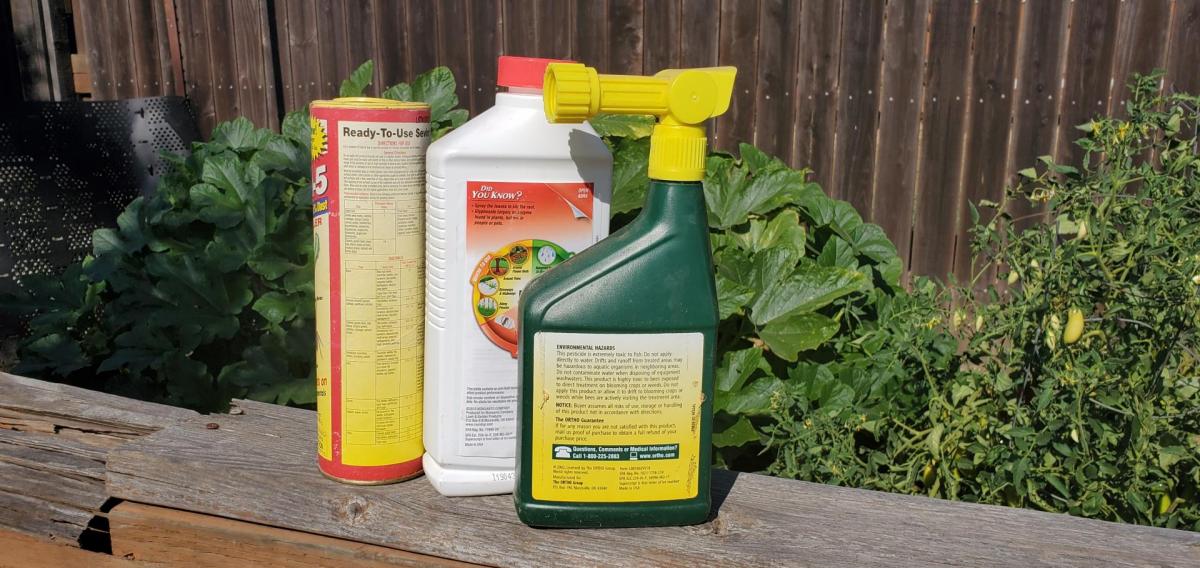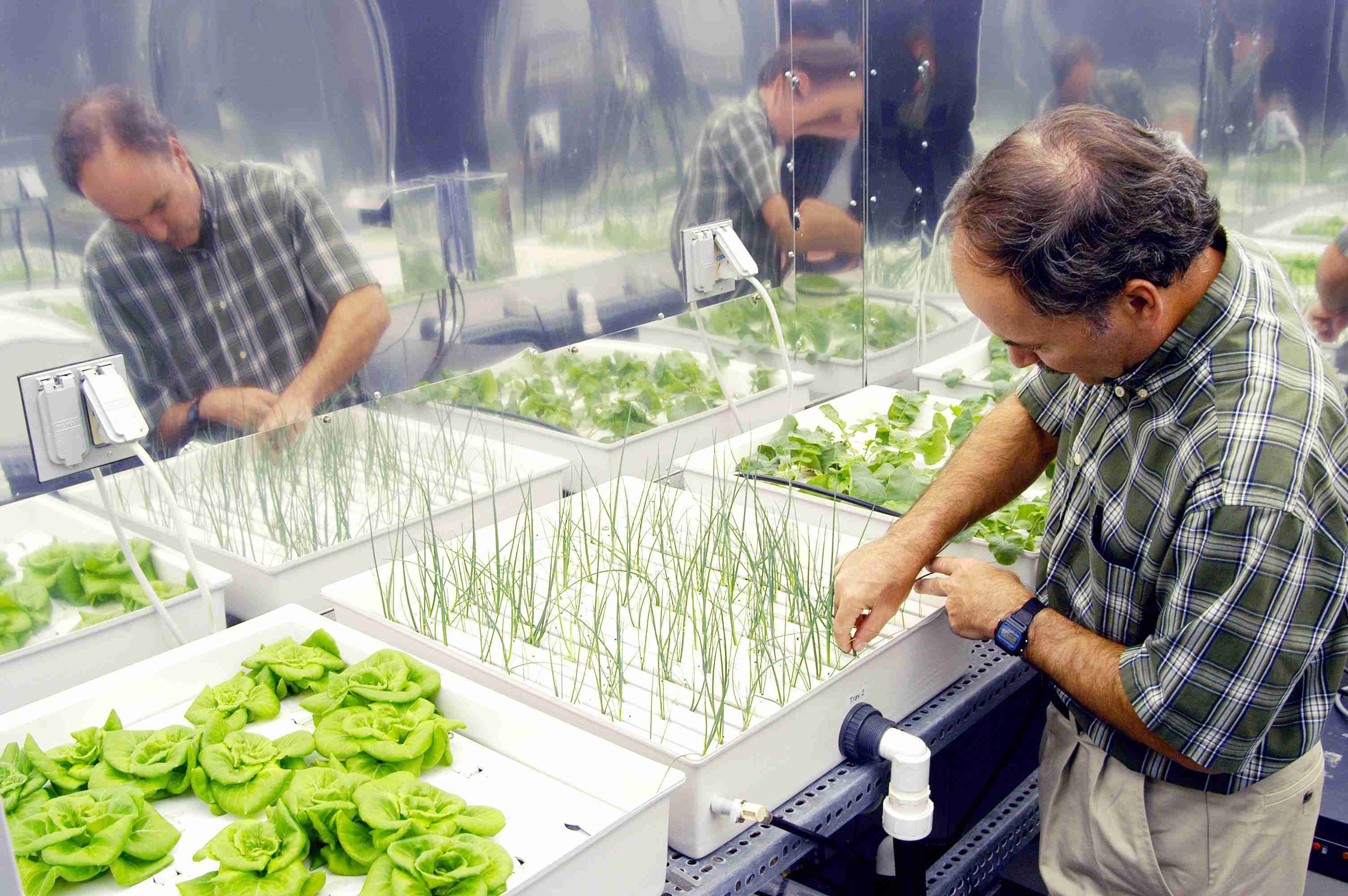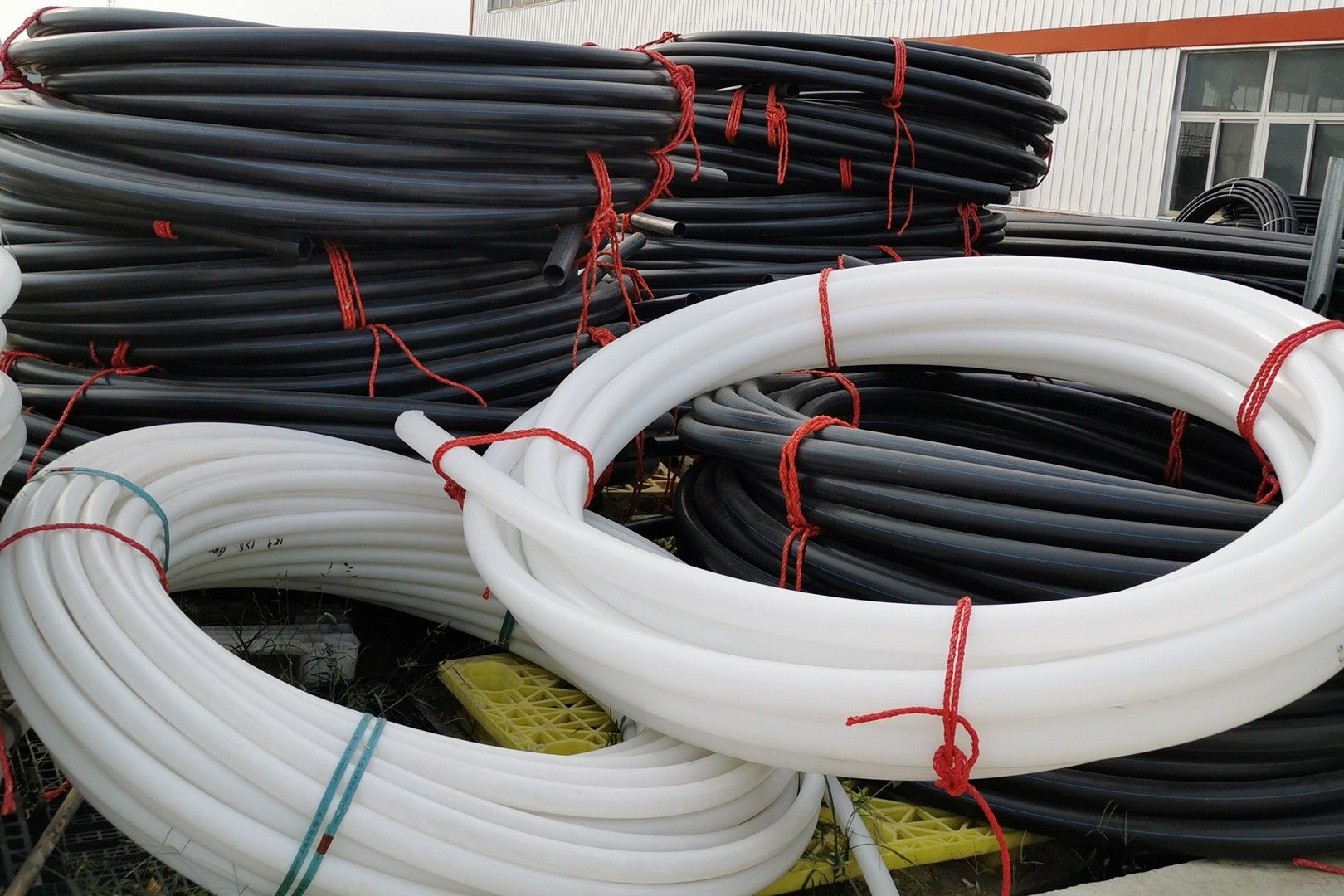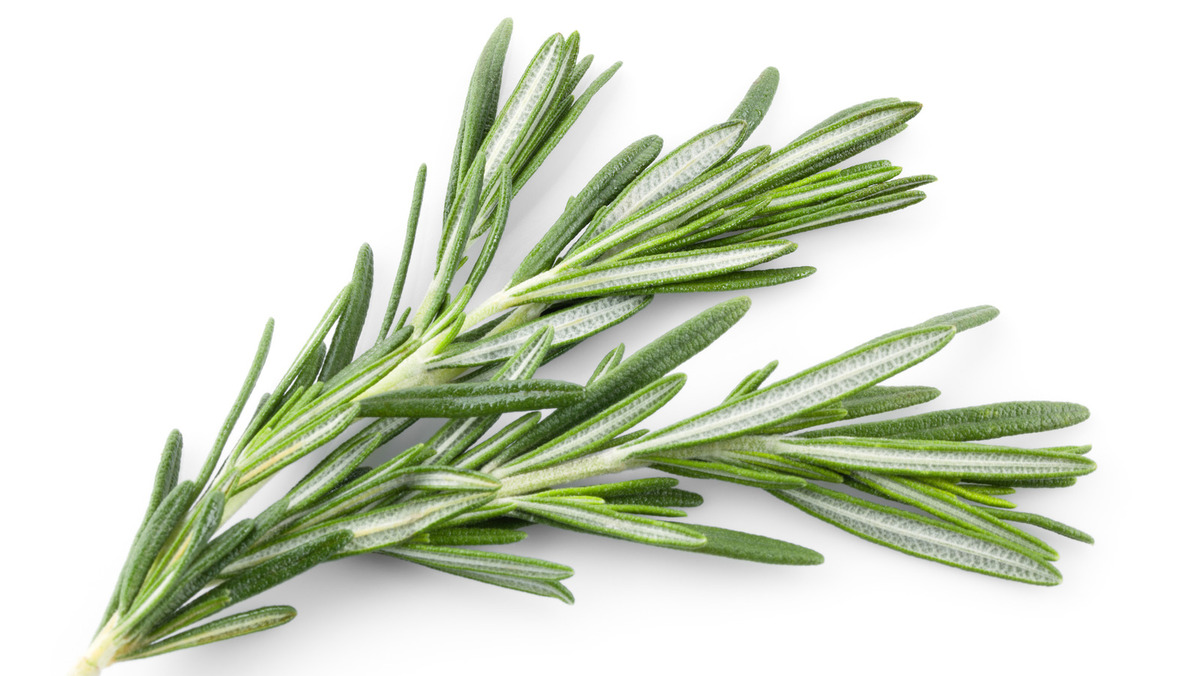Home>Gardening News and Trends>What Are The Types Of Fertilizer
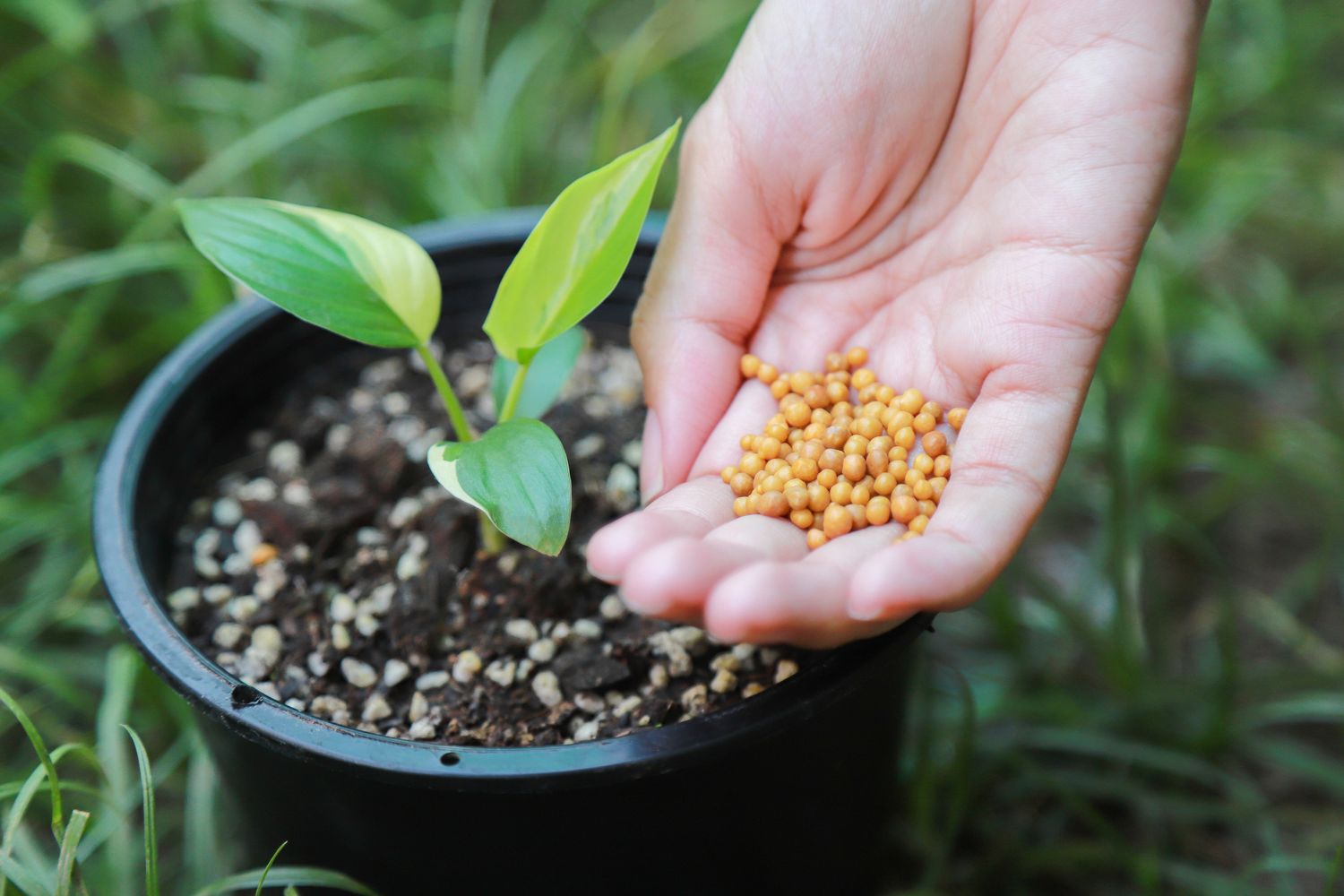

Gardening News and Trends
What Are The Types Of Fertilizer
Published: August 5, 2023
Discover the latest news on the different types of fertilizer. Stay updated on the latest developments in the field of fertilizers and choose the most suitable option for your needs.
(Many of the links in this article redirect to a specific reviewed product. Your purchase of these products through affiliate links helps to generate commission for Chicagolandgardening.com, at no extra cost. Learn more)
Table of Contents
Introduction
Fertilizers play a vital role in promoting healthy plant growth and maximizing crop yields. They provide essential nutrients that are necessary for plants to thrive and produce abundant harvests. There are various types of fertilizers available on the market, each with its own unique characteristics and benefits. Understanding these different types can help farmers, gardeners, and agricultural professionals make informed decisions about which fertilizer is best suited for their specific needs.
When it comes to fertilizers, there are two main categories: organic and inorganic. Organic fertilizers are derived from natural sources such as animal manure, compost, and plant materials. On the other hand, inorganic fertilizers, also known as synthetic fertilizers, are manufactured through chemical processes and contain concentrated nutrients.
Within these broad categories, there are several subcategories of fertilizers. For example, organic fertilizers can be further divided into mineral fertilizers, which are derived from mineral sources, and liquid fertilizers, which are in a liquid form. Inorganic fertilizers can be classified as slow-release fertilizers and controlled-release fertilizers, which release nutrients gradually over an extended period of time. Additionally, there are foliar fertilizers, which are applied directly to the leaves of plants, and granular fertilizers, which are in a solid, granular form.
Each type of fertilizer has its own set of advantages and disadvantages. Organic fertilizers are often favored for their ability to improve soil fertility, support beneficial microbial activity, and provide long-lasting nutrient availability. Inorganic fertilizers, on the other hand, are valued for their precise nutrient composition and immediate effects on plant growth.
In the following sections, we will explore each type of fertilizer in more detail, discussing their characteristics, benefits, and best applications. By understanding the differences between these various types of fertilizers, you can make more informed choices when it comes to nourishing your plants and maximizing their productivity.
Organic Fertilizers
Organic fertilizers are derived from natural sources such as animal waste, compost, and plant materials. These fertilizers are considered environmentally friendly and sustainable, as they are made from renewable resources and help improve soil health over time.
One of the main advantages of organic fertilizers is their ability to improve soil fertility. When organic fertilizers are applied to the soil, they break down slowly, releasing nutrients gradually. This slow release ensures a steady supply of nutrients to the plants over an extended period of time, reducing the risk of nutrient leaching and runoff.
Organic fertilizers are also beneficial for enhancing the microbial activity in the soil. They provide a food source for beneficial microorganisms, such as bacteria and fungi, which help break down organic matter and release nutrients in a form that plants can easily absorb. This microbial activity improves soil structure, water retention, and nutrient availability, creating a favorable environment for plant growth.
Furthermore, organic fertilizers contribute to long-term soil health and sustainability. They add organic matter to the soil, improving its structure and promoting aeration and moisture retention. This, in turn, enhances the soil’s ability to hold nutrients and reduces the need for frequent fertilizer applications.
One popular type of organic fertilizer is compost. Compost is created by decomposing organic materials, such as kitchen scraps, garden waste, and manure, in a controlled environment. It is rich in nutrients and beneficial microorganisms, making it an excellent choice for improving soil health and fertility.
Another type of organic fertilizer is animal manure. Animal waste, such as cow, horse, or chicken manure, is a valuable source of nutrients for plants. However, it’s important to properly compost or age animal manure before applying it to the soil, as fresh manure can contain harmful pathogens and high levels of nitrogen that may damage plants.
In summary, organic fertilizers are a natural and sustainable option for nourishing plants. They enhance soil fertility, promote beneficial microbial activity, and contribute to long-term soil health. By incorporating organic fertilizers into your gardening or farming practices, you can support the growth of healthy, nutrient-rich plants while minimizing the impact on the environment.
Inorganic Fertilizers
Inorganic fertilizers, also known as synthetic fertilizers, are manufactured through chemical processes and contain concentrated nutrients. These fertilizers provide a quick and immediate source of nutrients to plants, making them a popular choice for commercial farming and gardening.
One of the main advantages of inorganic fertilizers is their precise nutrient composition. These fertilizers are formulated to provide specific ratios of essential nutrients like nitrogen (N), phosphorus (P), and potassium (K), known as NPK. This allows growers to tailor the nutrient application to the specific needs of their plants, ensuring optimal growth and development.
Inorganic fertilizers are also readily available and easy to apply. They come in various forms, including powders, granules, and liquids, making them convenient for different growing situations. Additionally, these fertilizers dissolve quickly in the soil, making the nutrients readily accessible to plants.
Another advantage of inorganic fertilizers is their fast-acting nature. Unlike organic fertilizers, which release nutrients slowly over time, inorganic fertilizers provide an immediate boost of nutrients to plants. This can be particularly beneficial in situations where plants require quick recovery or have specific nutrient deficiencies.
However, it is important to note that excessive or improper use of inorganic fertilizers can have negative impacts on the environment. When applied in excess, these fertilizers can leach into water sources and contribute to pollution. Additionally, the high salt content in some inorganic fertilizers can damage soil structure and microbial activity over time.
To mitigate these potential drawbacks, it is essential to follow recommended application rates and timing. It is also advisable to supplement inorganic fertilizers with organic matter and other soil amendments to maintain soil health and minimize environmental impacts.
In summary, inorganic fertilizers are a reliable source of concentrated nutrients that provide quick results for plant growth. They offer precise nutrient composition, are readily available, and easy to apply. However, it is important to use them responsibly and in conjunction with other sustainable practices to ensure long-term soil health and minimize environmental impact.
Synthetic Fertilizers
Synthetic fertilizers, also known as chemical fertilizers, are a type of inorganic fertilizer that is manufactured through chemical processes. These fertilizers are widely used in commercial agriculture due to their high nutrient content and ability to deliver nutrients quickly to plants.
One of the key advantages of synthetic fertilizers is their high nutrient concentration. They are formulated to contain precise levels of essential nutrients, such as nitrogen, phosphorus, and potassium, which are critical for plant growth. This concentrated nutrient content allows for targeted and efficient fertilization strategies, ensuring that plants receive the necessary elements for optimal growth and development.
Another benefit of synthetic fertilizers is their rapid response. Unlike organic fertilizers that need time to break down and release nutrients, synthetic fertilizers are readily available for immediate plant uptake. This quick response time is especially advantageous in situations where plants require an immediate nutrient boost or when timely nutrient applications are crucial, such as during periods of rapid growth or when correcting nutrient deficiencies.
Additionally, synthetic fertilizers offer convenience and ease of application. They come in various forms, including granules, powders, and liquid concentrates. These different formulations make it simple to select the appropriate fertilizer for specific crops, soil conditions, or application methods. The uniformity of synthetic fertilizers also enables precise nutrient placement, allowing growers to target specific areas or crops more effectively.
Despite the advantages, it is important to note that synthetic fertilizers can have drawbacks if not used properly. Overuse or incorrect application of synthetic fertilizers can lead to nutrient imbalances, soil degradation, and environmental pollution. Excessive use can result in the accumulation of excess nutrients in the soil, which can leach into groundwater or runoff into nearby water bodies, causing water pollution and eutrophication.
When using synthetic fertilizers, it is crucial to follow recommended usage rates based on soil testing and crop requirements. It is also important to incorporate sustainable practices like crop rotation, cover cropping, and proper irrigation management to minimize potential negative impacts on soil health and the environment.
In summary, synthetic fertilizers are a valuable tool for providing plants with concentrated nutrients quickly and efficiently. Their high nutrient content, rapid response, and ease of application make them a favored choice in commercial agriculture. However, responsible use and adherence to recommended application rates are essential to prevent adverse environmental effects and maintain long-term soil health.
Mineral Fertilizers
Mineral fertilizers are a type of inorganic fertilizer that is derived from natural mineral sources. These fertilizers contain essential nutrients in the form of minerals, such as potassium, phosphorus, and nitrogen, which are crucial for plant growth and development.
One of the main advantages of mineral fertilizers is their high nutrient content. They provide plants with concentrated doses of specific nutrients, allowing growers to address nutrient deficiencies efficiently. Mineral fertilizers often come in granular or powdered forms, which make them easy to apply and distribute evenly across the soil.
Another benefit of mineral fertilizers is their long-lasting effect. These fertilizers release nutrients slowly into the soil, ensuring a steady and continuous supply of essential elements to plants over a prolonged period. This slow-release feature not only reduces the risk of nutrient leaching but also minimizes the need for frequent fertilizer applications, making it a cost-effective and convenient option for farmers and gardeners.
Mineral fertilizers are also known for their stability and reliability. They have predictable nutrient contents, allowing growers to accurately calculate and adjust nutrient applications based on crop needs and soil conditions. Additionally, mineral fertilizers are considered highly soluble, which means that the nutrients become readily available to plants, ensuring efficient uptake of nutrients for optimal growth and development.
However, it is essential to use mineral fertilizers with caution and follow recommended application rates. Excessive use of mineral fertilizers can lead to nutrient imbalances, soil acidity, and environmental pollution. It is crucial to conduct soil testing and monitor nutrient levels regularly to avoid overapplication and potential harm to the environment.
In summary, mineral fertilizers provide plants with concentrated doses of essential nutrients in a slow-release form. Their high nutrient content, long-lasting effect, and reliable performance make them a popular choice for farmers and gardeners. However, responsible use and careful monitoring of nutrient levels are necessary to ensure optimal plant growth and minimize environmental impacts.
Liquid Fertilizers
Liquid fertilizers are a type of fertilizer that is available in liquid form. These fertilizers contain a concentrated mix of essential nutrients and are designed to be dissolved in water for easy application.
One of the main advantages of liquid fertilizers is their ability to provide fast-acting and readily available nutrients to plants. Because the nutrients are already in a soluble form, they can be quickly absorbed by the plant’s roots or even through foliar application. This rapid uptake allows plants to access the necessary nutrients almost immediately, leading to faster growth and improved overall health.
Liquid fertilizers are also highly versatile in their application methods. They can be applied through irrigation systems, as a spray directly onto plants’ leaves, or as a drench at the base of the plants. This flexibility enables growers to tailor their fertilizer application to the specific needs of their crops and growing conditions.
Furthermore, liquid fertilizers offer opportunities for precise nutrient management. They can be easily mixed and adjusted to provide the ideal nutrient ratio for different crops, soil types, and growth stages. This precise control allows growers to customize their fertilization strategies and address specific nutrient deficiencies more effectively.
Another advantage of liquid fertilizers is their ability to enhance nutrient availability in the soil. The liquid form of these fertilizers can help break down nutrients that may be bound in the soil, making them more accessible to the plant’s roots. This increased nutrient availability can be particularly beneficial in soils with poor fertility or high nutrient immobilization.
However, it is important to note that liquid fertilizers may require more frequent application compared to other types of fertilizers. Since the nutrients are more soluble and readily available, they can be subject to leaching if overapplied or if heavy rainfall occurs soon after application. Regular monitoring of soil conditions and plant nutrient levels is recommended to ensure that the plants receive a balanced and consistent supply of nutrients.
In summary, liquid fertilizers offer fast-acting and readily available nutrients to plants. Their versatility in application methods and precise nutrient management make them a valuable tool for growers. However, proper monitoring and responsible application practices are necessary to prevent nutrient leaching and to ensure optimal plant nutrition.
Slow-release Fertilizers
Slow-release fertilizers are a type of fertilizer that gradually releases nutrients to plants over an extended period. These fertilizers are designed to provide a steady supply of nutrients, reducing the need for frequent applications and minimizing nutrient losses through leaching or runoff.
One of the main advantages of slow-release fertilizers is their long-lasting effect. These fertilizers are formulated to release nutrients gradually, ensuring that plants receive a continuous supply of nutrients over weeks or months. This slow-release feature helps maintain a steady nutrient availability for plants, preventing nutrient imbalances and reducing the risk of fertilizer burn.
Slow-release fertilizers also minimize nutrient leaching and runoff. Because the nutrients are released slowly, they have a higher chance of being utilized by plants rather than being washed away by excessive irrigation or heavy rainfall. This not only reduces the environmental impact but also optimizes nutrient utilization and efficiency.
Another benefit of slow-release fertilizers is their convenience. Since these fertilizers release nutrients gradually, they require fewer applications compared to traditional fertilizers. This not only saves time and labor but also reduces the risk of over-fertilization, which can lead to environmental pollution and harm to plant health.
Slow-release fertilizers are available in various forms, including granules, tablets, or coated prills. The coating or encapsulation of the fertilizer materials helps regulate the nutrient release, ensuring a controlled and extended nutrient supply to plants. This allows for more accurate fertilizer application and provides growers with increased flexibility in nutrient management.
It’s important to note that slow-release fertilizers are not a one-size-fits-all solution. The release rate and nutrient content can vary depending on the product, so it’s crucial to select a slow-release fertilizer that matches the specific requirements of the crop and the soil conditions. Soil testing can help identify the nutrient needs and determine the appropriate slow-release fertilizer formulation.
In summary, slow-release fertilizers offer a controlled and prolonged release of nutrients to plants. Their long-lasting effect, reduced leaching, and convenience make them a valuable option for managing plant nutrition. However, proper selection and application based on crop and soil requirements are essential to maximize the benefits of slow-release fertilizers.
Controlled-release Fertilizers
Controlled-release fertilizers are a type of fertilizer that provides a gradual and controlled release of nutrients to plants over a specific period. These fertilizers are designed to deliver nutrients at a regulated rate, ensuring optimal uptake by plants and reducing nutrient loss through leaching or runoff.
One of the key advantages of controlled-release fertilizers is their ability to provide a consistent supply of nutrients to plants over an extended duration. These fertilizers release nutrients gradually, often based on environmental factors such as temperature, soil moisture, and microbial activity. This controlled release mechanism helps maintain a steady nutrient supply, avoiding excessive nutrient availability during periods of rapid plant growth and avoiding nutrient deficiencies during times of limited nutrient uptake.
Controlled-release fertilizers offer increased nutrient use efficiency compared to conventional fertilizers. By releasing nutrients slowly, these fertilizers ensure that a higher percentage of the applied nutrients are utilized by plants rather than being lost to the environment. This not only reduces the risk of environmental pollution but also optimizes fertilizer application, leading to improved plant growth and reduced fertilizer costs in the long run.
Another advantage of controlled-release fertilizers is their convenience and reduced frequency of application. Since these fertilizers release nutrients gradually, they require fewer applications compared to conventional fertilizers. This saves time, labor, and resources, making them an attractive option for both commercial agriculture and home gardening.
Controlled-release fertilizers are available in various formulations, including coated granules, prills, or encapsulated pellets. These coatings or encapsulations serve as a barrier that controls nutrient release, allowing for precise nutrient management. The release rate can be adjusted based on the specific needs of the crop, soil conditions, and targeted growth stages, providing growers with flexibility in nutrient delivery.
It is important to note that the release characteristics of controlled-release fertilizers can vary depending on the product and environmental conditions. Understanding the specific release patterns and nutrient content of the fertilizer is crucial for effective application. Soil testing and crop nutrient requirements can aid in selecting the appropriate controlled-release fertilizer for optimal plant nutrition.
In summary, controlled-release fertilizers provide a regulated and consistent release of nutrients to plants, improving nutrient use efficiency and reducing environmental impact. Their controlled release mechanism, convenience, and precision in nutrient management make them a valuable tool for sustainable agriculture and gardening. However, proper understanding of the fertilizer’s release characteristics and nutrient requirements of the crop are essential for maximizing the benefits of controlled-release fertilizers.
Foliar Fertilizers
Foliar fertilizers are a type of fertilizer that is applied directly to the leaves of plants. Unlike traditional fertilizers that are applied to the soil, foliar fertilizers are sprayed onto the foliage, allowing for efficient nutrient absorption through the leaves.
One of the main advantages of foliar fertilizers is their ability to provide nutrients directly to the plant’s photosynthetic tissues. The nutrients in foliar fertilizers are readily available and can be quickly absorbed by the leaves, bypassing the soil nutrient uptake process. This allows for a rapid and efficient uptake of nutrients, particularly in situations where the soil may have nutrient deficiencies or physical limitations that hinder nutrient availability.
Foliar fertilizers are especially beneficial for correcting nutrient deficiencies and ensuring quick recovery in plants. When applied directly to the leaves, the nutrients are absorbed and transported throughout the plant, providing immediate relief to nutrient-stressed or deficient plants. Additionally, foliar fertilizers can improve overall plant health, enhance chlorophyll production, and increase nutrient assimilation.
Another advantage of foliar fertilizers is their ability to supplement nutrient requirements during critical growth stages. By targeting specific nutrient needs, such as during flowering or fruiting periods, foliar fertilizers can supply essential nutrients directly to the demanding parts of the plant, helping to optimize yield and quality.
Foliar fertilizers are particularly useful in situations where the soil pH is not optimal for nutrient availability. Some nutrients, such as iron or zinc, may become less available to plants in alkaline soils. Foliar application of these nutrients bypasses soil limitations and provides a direct supply to the plants, ensuring they receive the necessary nutrients for healthy growth.
It is important to note that foliar fertilizers should not replace soil-applied fertilizers entirely. While foliar fertilizers offer targeted nutrient supply, they are most effective when used in addition to a comprehensive soil fertility program. Soil fertility management remains the foundation for long-term nutrient availability and plant health.
Additionally, when using foliar fertilizers, it is crucial to follow recommended application rates and ensure thorough coverage of the foliage. Poor coverage or excessive application can lead to leaf burn or nutrient imbalances, which can harm plant health.
In summary, foliar fertilizers provide a direct and efficient supply of nutrients to plants through leaf absorption. They are particularly beneficial for correcting nutrient deficiencies, promoting rapid recovery, and supplementing nutrient needs during critical growth stages. However, foliar fertilizers should be used as a supplement to a comprehensive soil fertility program, and proper application techniques should be adhered to for optimal results.
Granular Fertilizers
Granular fertilizers are a type of fertilizer that is commonly used in both agricultural and gardening practices. As the name suggests, these fertilizers come in solid, granular form, making them easy to handle and apply.
One of the main advantages of granular fertilizers is their convenience and ease of application. The granules are generally of a uniform size, allowing for consistent and even distribution across the soil surface. This makes them suitable for various application methods, such as broadcasting, top-dressing, or incorporation into the soil during planting or cultivation.
Granular fertilizers are also long-lasting and provide a slow-release of nutrients. The nutrients are typically coated or incorporated within the granules, allowing for a controlled release over time. This slow-release characteristic ensures a steady supply of nutrients to the plants, minimizing the risk of nutrient leaching or wastage. It also reduces the frequency of fertilizer applications, making them suitable for situations where frequent fertilization may not be practical.
Furthermore, granular fertilizers are well-suited for larger-scale agricultural applications. They can be easily applied using mechanical spreaders or seed drills, allowing for efficient coverage of large areas. Granular fertilizers are commonly used in row crops, such as corn, wheat, or soybeans, as they can be applied at the time of seeding or between crop rows, providing targeted nutrient supply to the plants.
Granular fertilizers also offer a wide range of nutrient options. They can be formulated to provide specific nutrient ratios, allowing for customization based on soil fertility, crop requirements, and regional considerations. This flexibility in nutrient composition makes granular fertilizers suitable for a variety of crops and soil conditions, promoting optimal plant growth and development.
However, it is important to note that granular fertilizers need to be incorporated into the soil or watered in after application. This is to ensure proper nutrient release and prevent nutrients from remaining on the soil surface, where they may be prone to runoff or volatilization. Incorporation also helps to ensure that the nutrients are in close proximity to the plant roots for efficient uptake.
In summary, granular fertilizers offer convenience, slow-release of nutrients, and a wide range of nutrient options. They are suitable for various application methods, making them versatile for different crop types and farming practices. Proper incorporation and application techniques are essential for maximizing the benefits of granular fertilizers and promoting optimal plant nutrition.
Conclusion
Fertilizers play a crucial role in promoting healthy plant growth and maximizing crop yields. Understanding the different types of fertilizers and their unique characteristics is essential for making informed decisions when it comes to nourishing plants and optimizing their productivity.
Organic fertilizers, derived from natural sources, offer advantages such as improved soil fertility, enhanced microbial activity, and long-lasting nutrient availability. Inorganic fertilizers, including synthetic fertilizers, provide precise nutrient composition and immediate effects on plant growth. Mineral fertilizers supply concentrated nutrients, while liquid fertilizers offer fast-acting and readily available nutrients. Slow-release fertilizers ensure a continuous nutrient supply over time, while controlled-release fertilizers provide regulated nutrient release. Foliar fertilizers deliver nutrients directly to plant leaves, while granular fertilizers offer convenience and even distribution.
While each type of fertilizer has its advantages, it is important to match the specific fertilizer to the crop, soil type, and growth stage requirements. Responsible use of fertilizers, following recommended application rates, and integrating sustainable practices, such as soil testing, proper nutrient management, and environmental considerations, are crucial for optimizing crop health, minimizing environmental impacts, and ensuring long-term soil fertility.
By harnessing the power of fertilizers and incorporating best practices, farmers, gardeners, and agricultural professionals can provide the necessary nutrients for plants to thrive and achieve bountiful harvests. Whether it’s organic or inorganic, slow-release or foliar, understanding the various types of fertilizers allows us to unlock the full potential of our plants and cultivate a greener and more sustainable future.

